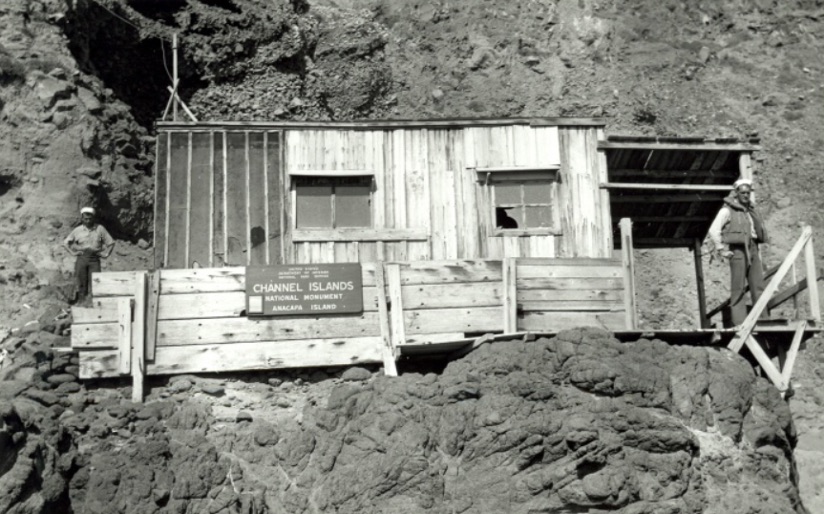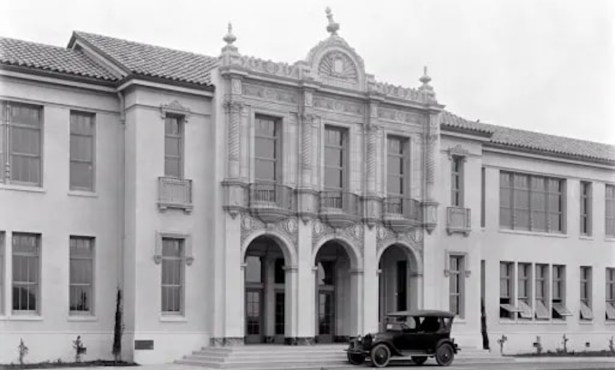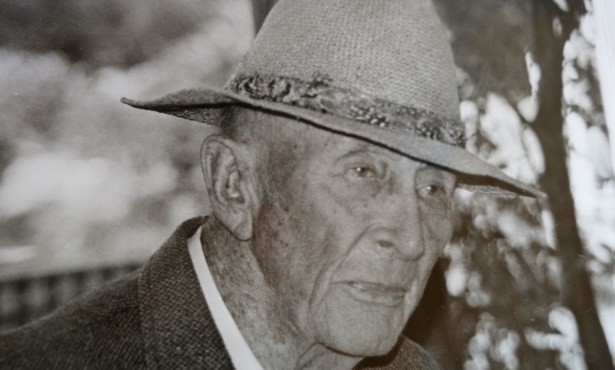Remembering the Hermit of Anacapa Island
Frenchy’s Cove Is Named After Raymond LeDreau

One of the few landing beaches on Anacapa Island is on its leeward side, where the cliffs interface with the surging tides and a cobble beach is exposed. It is along this thin stretch of land that a Frenchman named Raymond “Frenchy” LeDreau ― who became known as the hermit of Anacapa Island ― lived in a shack and fished for lobsters for almost three decades.
LeDreau was born in Brittany on April 15, 1875. He had studied for the priesthood but became disenchanted with the church and chose to travel on merchant vessels to China and America. Sometime around 1889, he signed up for a tour with the U.S. Navy, and in 1898, he served in the Spanish-American War. Frenchy eventually drifted to San Pedro and later became a skiff fisherman out of a lobster camp in Baja California, which at the time was called Lower California.

After his move to West Anacapa Island, the Webster family came to know Frenchy quite well. They had sympathy for him and described him as “a man who was being punished by his own thoughts.” Ventura sailor Merrill Allyn wrote: “Something happened — something so dark and dreadful that Frenchy was never able to tell even the most sympathetic listener just what it was. The most any hearer got out of it was the impression that the old man felt very deeply on the subject.”
It turns out that Frenchy had married in San Pedro, and he and his wife, Emma, had three children. Emma became one of the victims of the Spanish Flu, which killed an estimated 675,000 people in the United States. After her death, Frenchy sought solitude and wine.
From a window in his cabin, Frenchy had a million-dollar view across the Santa Barbara Channel, where he could see steamers and potential visitors passing by. A narrow trail led from his shack to the beach, where he kept his lobster traps, fishing gear, and skiff. He often traded lobster for necessary supplies and liquor. Although fresh water was always scarce, he begged it from vessels that anchored off his cove.
After Anacapa Island became a National Monument in 1938, Frenchy acted as the unofficial Park Service representative, reporting acts of vandalism and island activities. At the start of World War II, the Navy tried to relocate Frenchy. They took him ashore more than once, but he always returned — once, it is said, by rowing his skiff back across the channel at night. The Navy finally decided he could stay as watchman of the island, and reportedly there was always an ample supply of lobsters for the Naval officers’ mess.
After the war, friends helped Frenchy apply for a state old-age pension. California authorities, concerned about his advanced age, living conditions, failing sight, and failing health, told him he needed to leave the island. In 1954, after suffering injuries in a fall in his 80th year, he regretfully agreed. He moved to a house in Santa Barbara at 520 Garden Street, where he lived another eight years. Frenchy died on April 21, 1962, and he is buried in Calvary Cemetery.
Frenchy’s legacy lives on through his namesake location — Frenchy’s Cove ― and through Merrill Allyn’s unpublished manuscript, Three Old Kings of Anacapa Island, a gift to the Santa Cruz Island Foundation archives from Advisory Council member Don Mills, All Eight Club member #135.
Read more California Island history at islapedia.com.
Support the Santa Barbara Independent through a long-term or a single contribution.




You must be logged in to post a comment.